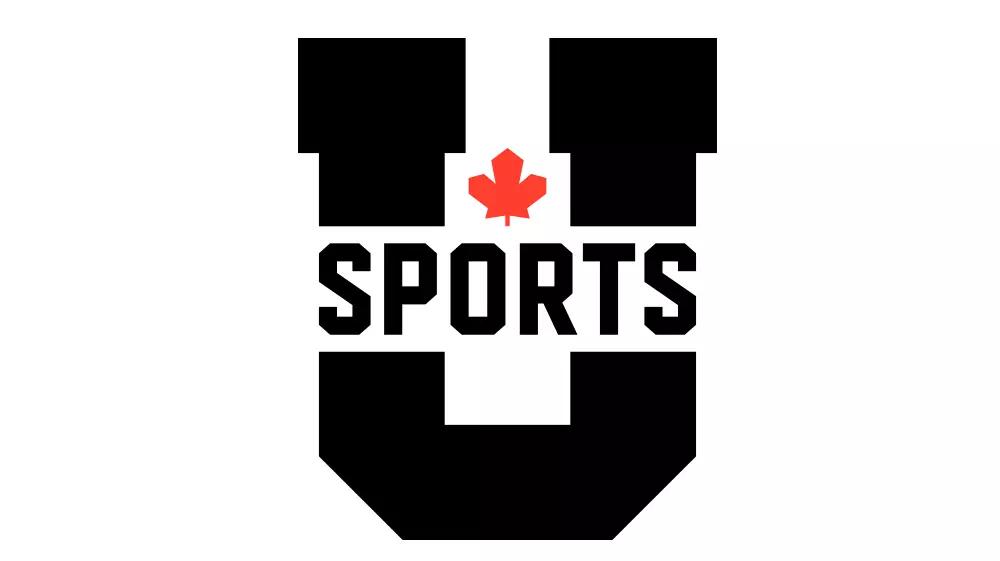In a significant move aimed at enhancing athlete mobility and competitive balance, U Sports, the governing body for Canadian university athletics, has announced revisions to its transfer eligibility rules. The updated regulations, set to take effect in the upcoming academic year, seek to streamline the transfer process for student-athletes while maintaining academic standards and ensuring fair play across all member institutions. This development marks a pivotal shift in Canadian collegiate sports policy, reflecting ongoing efforts to better support athlete development and institutional collaboration.
Canadian Collegiate U Sports Revises Transfer Eligibility Criteria to Enhance Athlete Mobility
U Sports, the governing body for Canadian collegiate athletics, has officially amended its transfer eligibility regulations to promote greater flexibility for student-athletes seeking to switch institutions. Under the updated framework, athletes transferring between universities within the U Sports system will no longer face mandatory sit-out periods, allowing them to compete immediately upon transfer. This shift aims to support athlete development by minimizing disruptions to their academic and athletic careers, particularly for those pursuing enhanced competitive opportunities or better academic programs.
The revised criteria emphasize a streamlined process marked by the following key changes:
- Immediate Eligibility: Transferring athletes can enroll and compete without delay.
- Academic Standing Review: Transfers require proof of good academic standing to ensure balanced priorities.
- Enhanced Communication: Institutions must coordinate closely to facilitate smooth transitions for athletes.
| Previous Policy | New Policy |
|---|---|
| Mandatory 12-month sit-out period | Immediate competition eligibility |
| Limited transfer windows | Year-round transfer possibilities |
| Minimal academic review | Strict academic standing verification |
Impact of New Transfer Rules on Team Dynamics and Recruitment Strategies
The introduction of the new transfer rules in Canadian U Sports has significantly shifted the landscape of team dynamics. Coaches now face the challenge of integrating incoming athletes swiftly without disrupting established on-court chemistry. The immediate eligibility granted to transfers eliminates lengthy delays, compelling teams to reassess how quickly newcomers must gel with their teammates to maintain competitive edge. With mid-season adjustments becoming more common, squads are experimenting with flexible lineups and tailored training sessions designed to fast-track cohesion. This evolution in team composition demands a heightened focus on communication and adaptability, as players and staff work to balance fresh talent with existing strategies.
Recruitment strategies have also undergone a marked transformation. Programs are increasingly prioritizing the transfer market as a vital pipeline alongside traditional high school and junior club scouting. The dynamic nature of roster construction means that recruiters monitor potential transfers more intensively, seeking athletes who can contribute immediately. Below is a snapshot comparison illustrating shifts in recruitment focus pre- and post-transfer rule update:
| Recruitment Focus | Before New Rules | After New Rules |
|---|---|---|
| Scouting Priority | High school athletes | Transfers + High school athletes |
| Recruitment Timing | Off-season only | Year-round, including mid-season |
| Roster Stability | Typically stable throughout season | Increased mid-season changes |
- Enhanced focus on quick adaptation skills during recruitment evaluations
- Greater emphasis on versatility and experience to ensure immediate impact
- Expanded network outreach to engage transfer candidates efficiently
Expert Recommendations for Athletes Navigating the Updated Transfer Process
Athletes must approach the revised transfer landscape with a clear strategy to maintain both eligibility and competitive momentum. Experts suggest prioritizing thorough research on destination institutions’ eligibility criteria and academic support services before initiating transfer requests. Maintaining transparent communication with current coaches and academic advisors can prevent misunderstandings that may delay the approval process. Additionally, athletes are advised to fully understand newly introduced timelines to avoid inadvertent breaches that could impact playing time. Emphasizing physical and mental preparation throughout the transfer period will also facilitate smoother transitions into new teams and training regimes.
To aid in decision-making, consider these key recommendations from collegiate sports analysts:
- Document and track all communications: Keep a detailed log of conversations and emails with both current and prospective programs.
- Leverage compliance officers: Utilize the expertise of compliance staff at both institutions to ensure all actions align with regulatory changes.
- Network with transfer peers: Engage with athletes who have recently transferred to gain insights and practical advice.
- Plan academics proactively: Align course selections and credits to avoid disruptions in academic progress.
- Stay updated on policy revisions: Transfer regulations can evolve rapidly; regularly consult official U Sports channels for the latest information.
| Recommendation | Impact |
|---|---|
| Timely communication with coaches | Reduces eligibility risk |
| Consultation with compliance officers | Ens It looks like your table got cut off at the end. Based on the expert recommendations and partial table provided, here’s a completed summary and continuation of your information:Expert Recommendations for Athletes Navigating Revised Transfer LandscapeAthletes should strategically manage transfers to maintain eligibility and competitive edge by:
Key Recommendations and Their Impacts| Recommendation | Impact | If you want, I can help you finish or enhance the table or provide additional advice related to U Sports or similar collegiate sports transfer regulations. Let me know! The ConclusionAs Canadian Collegiate U Sports implements these revised transfer rules, student-athletes and institutions alike will need to adapt to a more flexible and streamlined process. While the full impact remains to be seen, stakeholders express cautious optimism that the changes will promote greater mobility and competitive balance within collegiate sports. Moving forward, U Sports will continue to monitor and evaluate the effectiveness of the new policies in supporting both athlete development and institutional integrity. Add A Comment |





